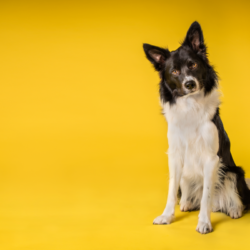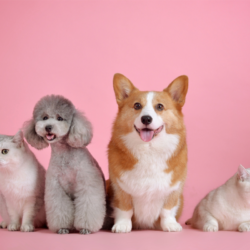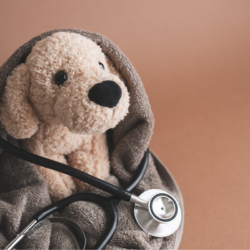Owner of an adorable furry companion , you are undoubtedly attentive to his health and well-being . You care just as much about their comfort and longevity . In addition to his basic needs , such as food, water and shelter, ensuring the good health of his pet is part of our responsibilities . But when it comes to their health , we tend to overlook the importance of their oral hygiene .
However, we estimate that the majority of dogs already show signs of periodontal disease by the age of three . The main sign of dental disease is bad breath , a fact that often goes unnoticed. Less strict than our routine in terms of hygiene, we believe that this phenomenon is specific to certain animals. While our hairballs aren’t supposed to have fresh minty breath , they shouldn’t smell too bad either.
Why is your pet’s dental health so important?
Teeth are part of our pets’ natural defense mechanism . Deprived of this ability, his ability to feed himself will be compromised as much as he may feel vulnerable . And like in humans, each kind of tooth has a specific role . A dental care can affect other organs and affect their overall health , including digestion and immunity . Maintaining a proper dental routine can only have positive effects far beyond oral health .
How can we keep the teeth of our dogs or cats clean?
Brush your dog’s teeth:
Brushing your dog’s or cat’s teeth may seem far-fetched for some and a bit restrictive for others. Still, it’s a great way to prevent the buildup of plaque caused by bacteria. To get your pet used to brushing which, let’s face it, is no picnic, delicacy is essential. And this is the same way you would cut their nails. The oral hygiene product for dogs and cats from the BUCADOG® range is a toothpaste designed for this purpose. Supplied with a cannula and a finger cot with Brossette, its application is greatly facilitated for simple and effective brushing . This enzymatic toothpaste activates the natural defenses of the oral flora of dogs and cats. It prevents the appearance of dental plaque and tartar and fights against bad breath.
Using wipes:
If your pet can’t stand brushing with a toothbrush or finger cot , the wipe is the ideal solution. They are also used in dogs and cats to help control plaque buildup as well as bad breath. Hold the animal’s head firmly with one hand. With the other hand, gently rub the teeth on all their faces. Then, it is necessary to proceed on both sides of the gums using a wipe previously wrapped around a finger.
Chews:
For those whose companions are less cooperative or who just want a change of cleaning technique, there are hundreds of dog chews available today . The snacks and dental kibble are generally much more appreciated by our pets a toothbrush or a wipe. Specially designed to eliminate plaque build-up, the Triodental Teeth Cleaning 15 Vegetable Slats for Dogs from Biocanina are palatable “Z” -shaped slats with an abrasive texture.. They act mechanically for a good cleaning of the teeth of our hairballs. Give your dog one chew slide per day and a bowl of fresh water .
A regular visit to the veterinarian:
Frequent examination of your dog’s teeth is essential to see if dental cleaning is necessary. After a thorough dental examination , if it turns out that periodontal disease has set in, it can be treated. Your vet will do a polish to remove the tartar and plaque responsible. This operation is done under general anesthesia.





